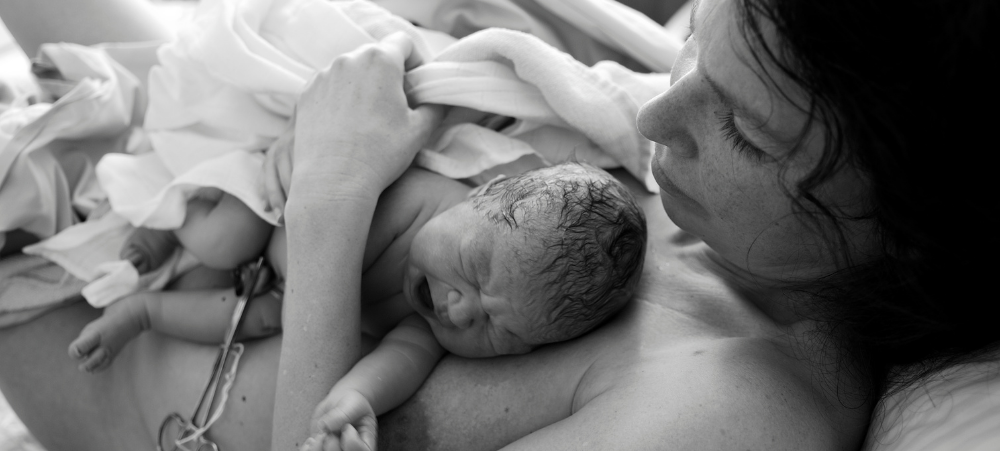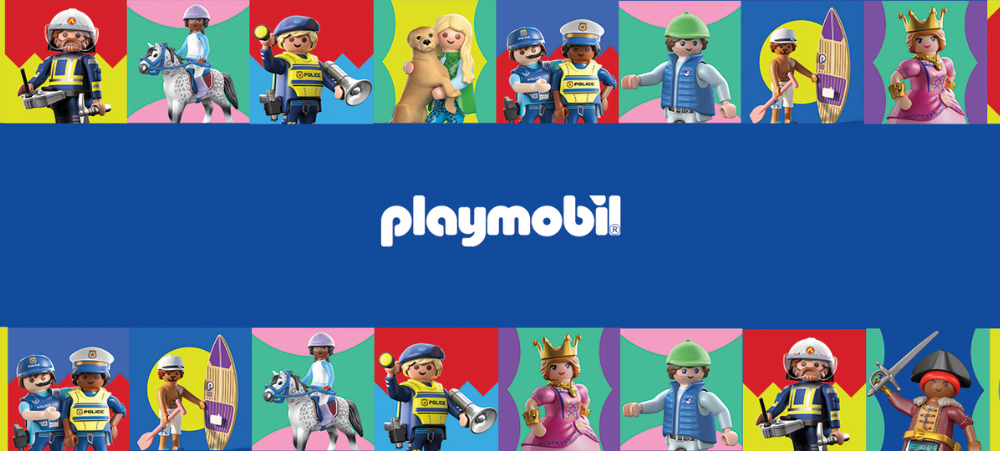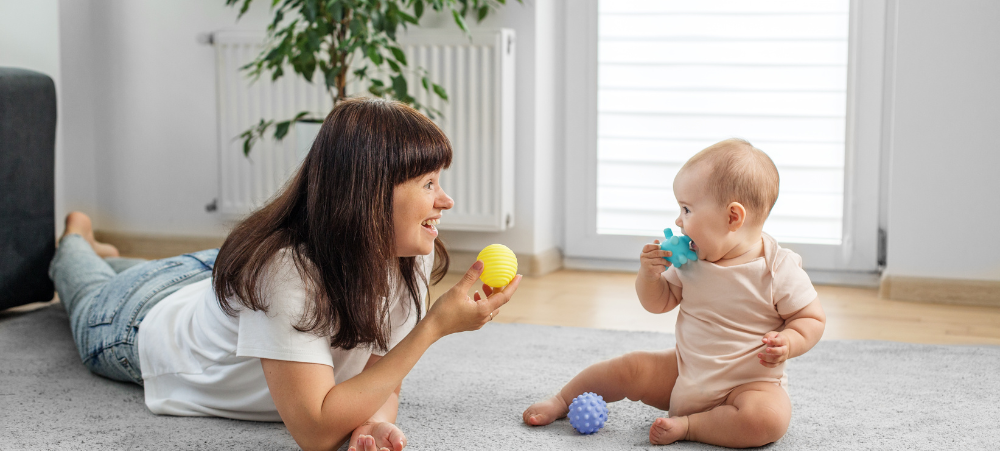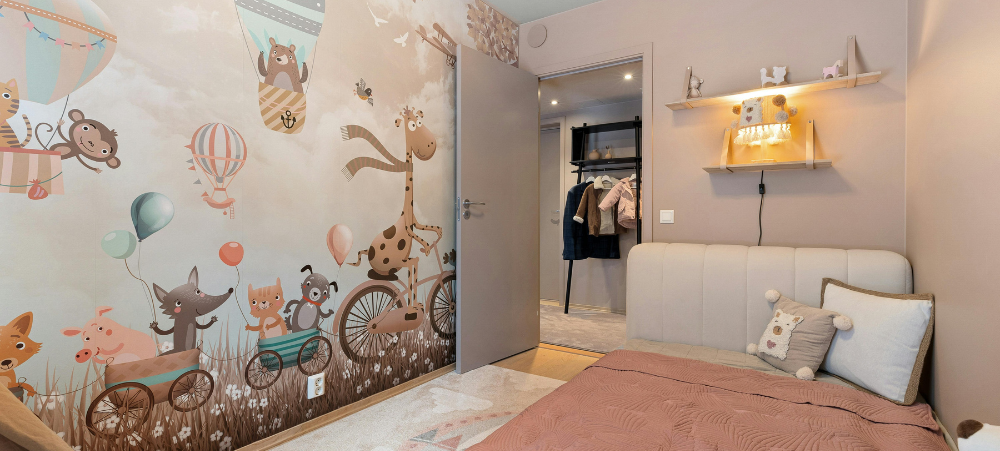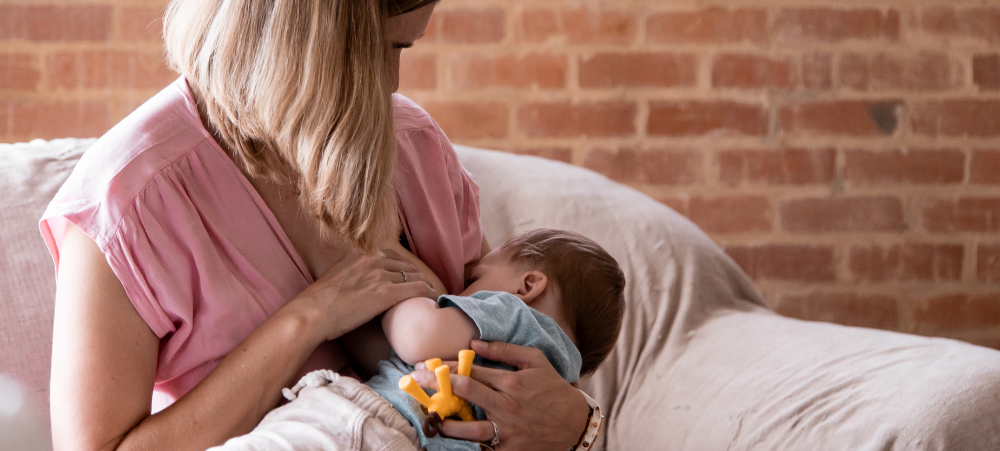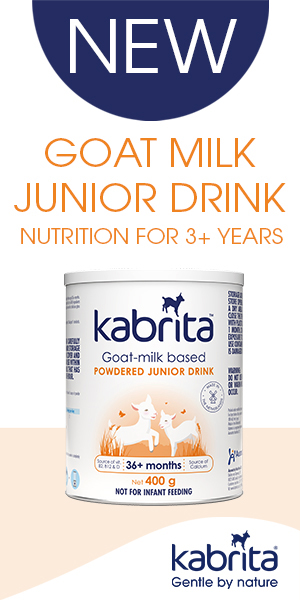
Baby Skincare Myths Debunked: What Science Says vs. Old Wives’ Tales
When it comes to caring for your baby’s skin, it seems everyone has advice – from well-meaning grannies to social media “experts.” But not all that wisdom holds up under scientific scrutiny. From using olive oil on dry patches to skipping moisturising altogether, there’s plenty of confusion about what’s really best for your baby’s delicate skin. “New parents often feel overwhelmed by conflicting information,” says Karen Van Rensburg, spokesperson for Sanosan South Africa. “But your baby’s skin isn’t just softer; it’s also thinner, more sensitive, and more prone to irritation. That means it needs a different approach to care.” Myth 1: Natural automatically means safe This is one of the most common, and misleading, beliefs. While it sounds wholesome, some natural ingredients, like certain essential oils, can be too harsh for a baby’s delicate skin and should be used with caution or avoided. Always choose products specifically formulated and tested for babies.“Not all natural ingredients are automatically gentle,” explains Van Rensburg. “Products formulated specifically for babies are designed to match the natural pH of their skin and help maintain its protective layer.” Myth 2: Babies should be bathed every day It might feel like good hygiene, but frequent bathing, especially with soap or adult body wash, can strip away essential protective oils leaving baby skin dry and itchy. Experts recommend short baths with lukewarm water and a mild baby cleanser a few times a week, unless there’s a specific reason for daily washing.“Less is often more,” says Van Rensburg. “Your baby’s skin is self-regulating; over-cleansing can do more harm than good.” Myth 3: Babies don’t need moisturizer A baby’s skin is thinner and loses moisture five times faster than an adult’s. Moisturizer is crucial for hydration, especially after bathing or in dry weather, to prevent dryness and irritation. Myth 4: Fragrance-free always means bette Fragrance-free products can be great for babies with allergies or eczema, but for most babies, a light, hypoallergenic scent formulated for infant skin is perfectly safe and can even make daily care more enjoyable.“The key is to choose gentle, dermatologically tested products from trusted baby care brands such as Sanosan” adds Van Rensburg. “Fragrance isn’t the enemy; harsh ingredients are.” Myth 5: Baby powder is essential This old-fashioned staple has fallen out of favour – and for good reason. Traditional talc-based powders can irritate the lungs if inhaled. Instead, opt for a soothing baby lotion or cream that hydrates the skin and reduces friction naturally. At the end of the day, Van Rensburg says, baby skincare should be simple and soothing. “Your baby’s skin tells you what it needs. Look for signs of dryness or irritation and respond with gentle, scientifically-backed care.” Sanosan focuses on natural ingredients and gentle formulas for healthy skin. Using active ingredients specially tailored to your baby’s skin, natural milk protein is the central ingredient in Sanosan and is especially nourishing. More than 90 % of the ingredients are of natural origin such as organic olive oil, and the formulations are biodegradable. Safety first: all products are clinically tested and are free from parabens, silicones, paraffins, SLS / SLES and phenoxyethanol. For more info visit sanosan.co.za









